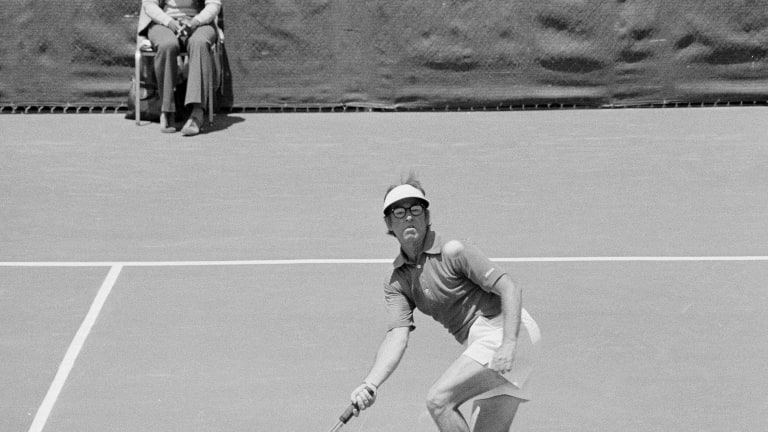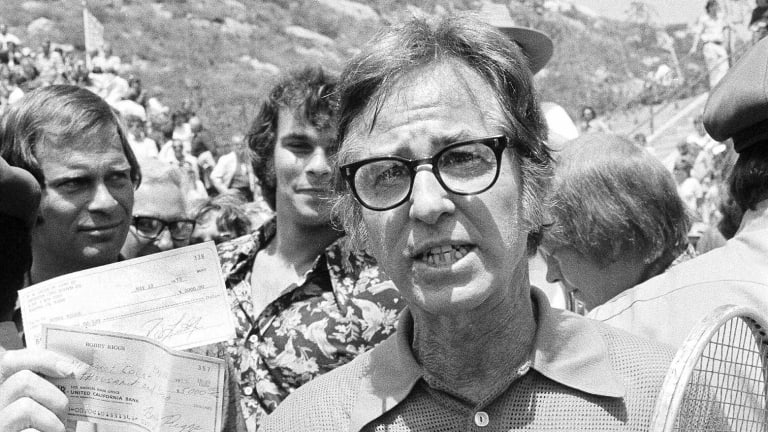TBT: The Mother’s Day Massacre—Bobby Riggs over Margaret Court
By May 13, 2021Betting Central
Game, Set, Bet, presented by BetMGM: Iga Swiatek or the field at Roland Garros?
By Apr 19, 2024Betting Central
Game, Set, Bet, presented by BetMGM: Four men's long shots to consider at Roland Garros
By Apr 19, 2024Style Points
Emma Raducanu carries BJK Cup momentum—and Team GB's lucky bracelet—into Stuttgart quarterfinals
By Apr 18, 2024ATP Bucharest, Romania
Joao Fonseca adjusts to heavier conditions in Bucharest for second ATP quarterfinal of 2024
By Apr 18, 2024ATP Barcelona, Spain
Casper Ruud beats Jordan Thompson for tour-leading 26th win, reaches Barcelona quarterfinals
By Apr 18, 2024WTA Stuttgart, Germany
Iga Swiatek slides through clay-court opener, defeats Elise Mertens in Stuttgart
By Apr 18, 2024WTA Stuttgart, Germany
Elena Rybakina, Marketa Vondrousova into Stuttgart quarters, Ons Jabeur out
By Apr 18, 2024ATP Munich, Germany
Holger Rune makes it through rain, snow, hail, Galán in Munich return
By Apr 18, 2024Stat of the Day
Casper Ruud has now won more matches than anyone this year after latest win in Barcelona
By Apr 18, 2024TBT: The Mother’s Day Massacre—Bobby Riggs over Margaret Court
Seeking a spotlight, the 50-something Riggs set his sights on women’s tennis, and took on Court in the first Battle of the Sexes.
Published May 13, 2021
Advertising

TBT: The Mother’s Day Massacre—Bobby Riggs over Margaret Court
© AP
Advertising

TBT: The Mother’s Day Massacre—Bobby Riggs over Margaret Court
© AP
Advertising

TBT: The Mother’s Day Massacre—Bobby Riggs over Margaret Court